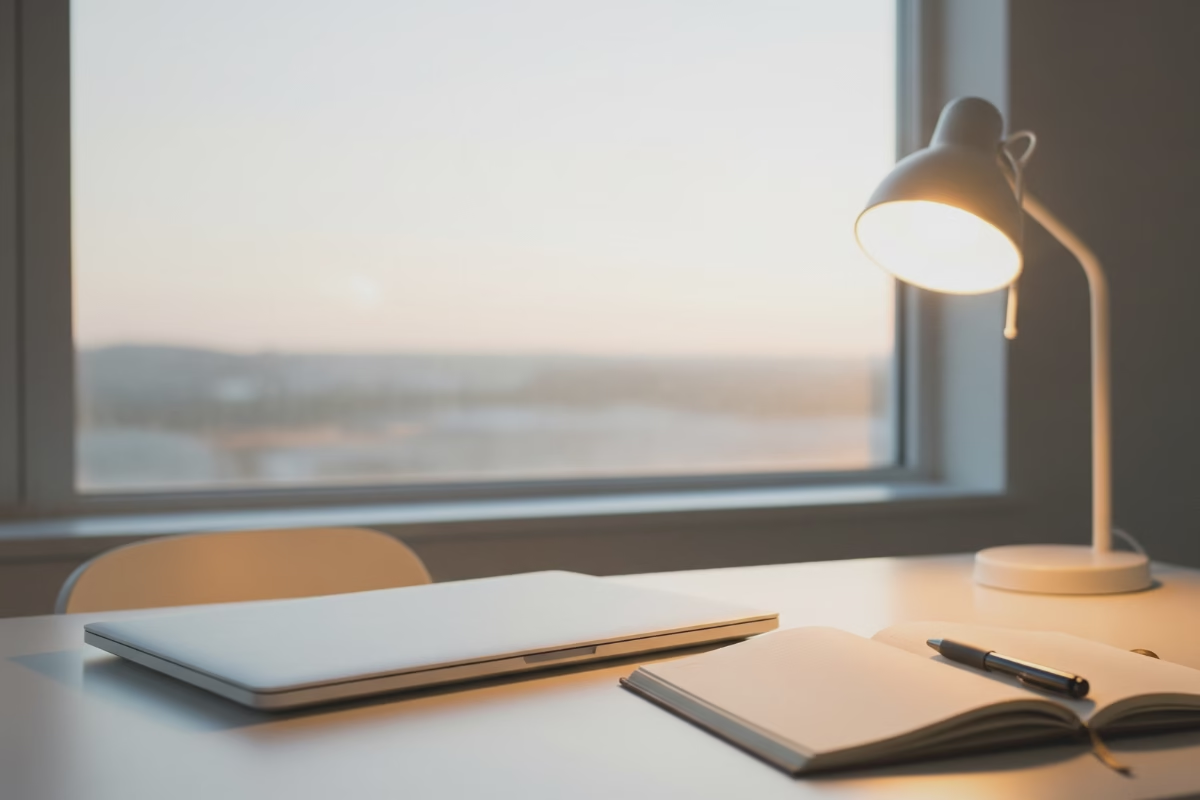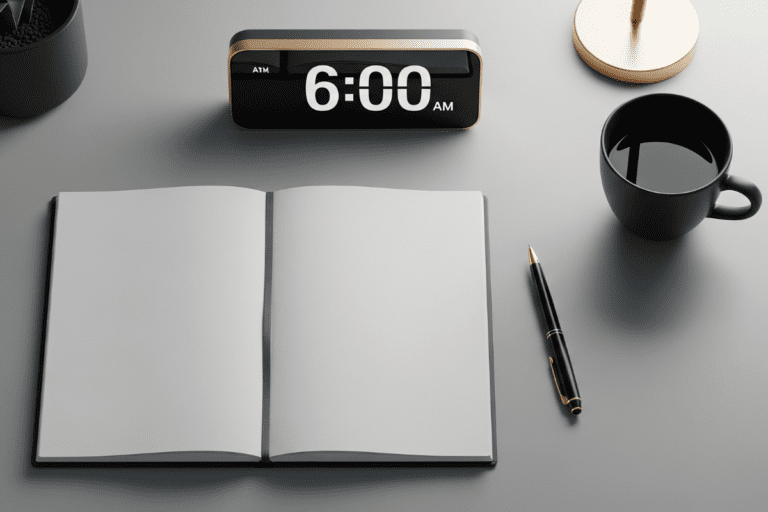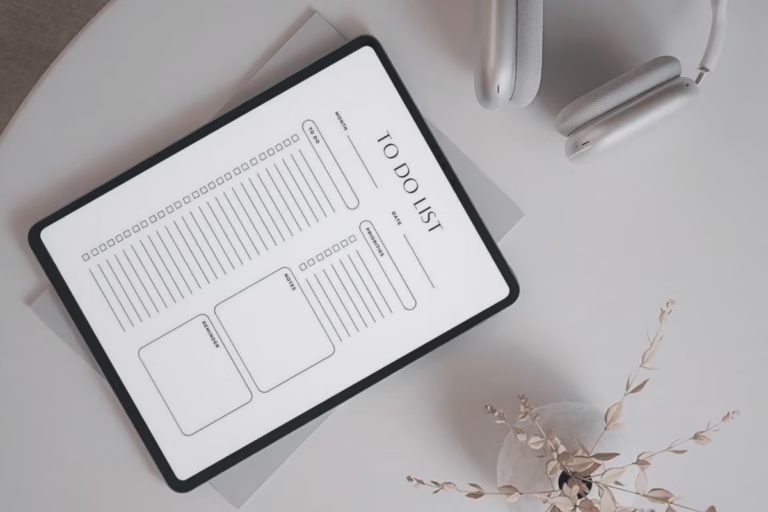How to Build a Productive Evening Routine
Learning how to build a productive evening routine is one of the most strategic decisions you can make for long-term time management and performance. A well-designed night routine isn’t just about rest — it’s a system that clears mental clutter, protects sleep quality, and sets the stage for deep focus the next day. When your evenings are structured with intention, your mornings begin with momentum.
This guide shows you how to build a productive evening routine tailored to your lifestyle — using timeless principles, recovery cues, and systems that reinforce clarity, not rigidity.
Why Your Evening Routine Matters
Evenings often get overlooked in productivity conversations. However, they directly shape how we sleep, how we feel the next morning, and how prepared we are for the day ahead.
The Science Behind Evening Structure
Your body and mind operate on a circadian rhythm—a biological clock that responds to light, temperature, and activity. As daylight fades, your body begins producing melatonin, a hormone that signals it’s time to wind down. However, artificial light, screens, and high-stimulation habits can disrupt this rhythm.
By building a structured yet calming evening routine, you create environmental and behavioral cues that signal to your brain: it’s time to shut off.
How Night Habits Shape Morning Performance
Your evening sets up your morning. For instance, if you go to bed mentally scattered, overstimulated, or unprepared, you’ll wake up behind. On the other hand, when you end the night intentionally, your mind enters rest mode with clarity, which promotes better sleep and smoother mornings. Evening habits are the backstage crew of your high-performance day.
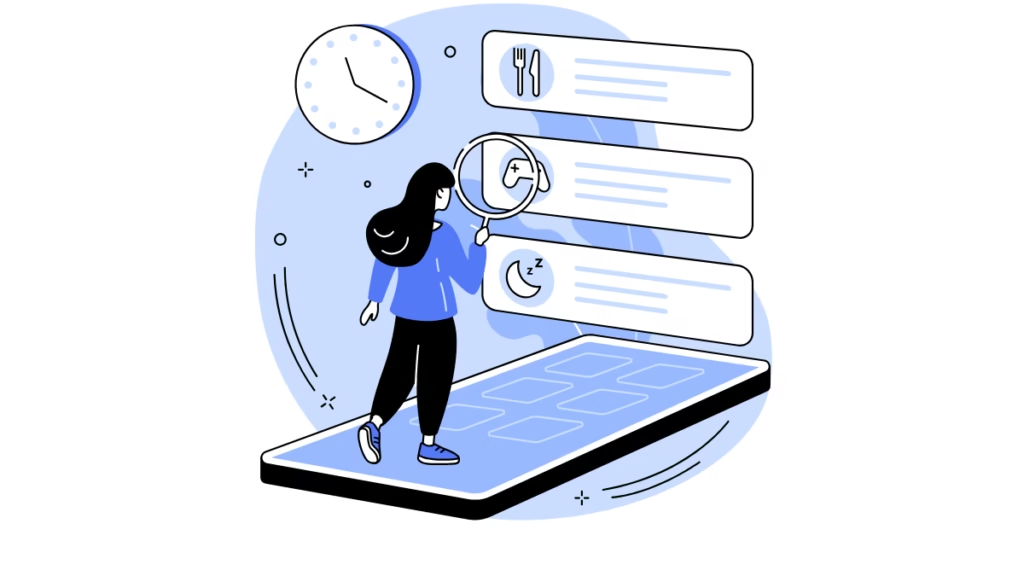

Core Principles of a High-Performance Night Routine
Before diving into specifics, it’s important to understand the mindset behind productive evenings.
Structure Over Strictness
A rigid checklist won’t work long term. Your evening routine should be designed like a rhythm—one that adapts but doesn’t collapse under pressure. Rather than enforce a rulebook, establish anchors (e.g., shut off devices by 9 PM, journal by 9:30 PM) that can guide your actions without overwhelming you.
Slow Down to Speed Up
In the evening, your goal isn’t momentum—it’s closure. Transition from high-cognitive tasks to low-stimulation activities. This helps your nervous system calm down, your thoughts settle, and your sleep quality improve. Over time, slowing down at night actually lets you move faster in the morning.
End with Intention, Not Chaos
Don’t let your night end with mindless scrolling or rushed panic. Instead, choose to close your day consciously. For example, a simple 3-step ritual—review the day, reset your environment, and prepare tomorrow’s priorities—can change everything.
Key Elements of a Productive Evening Routine
Physical Wind-Down (movement, hygiene, light cues)
Your body leads your mind. Begin your evening with rituals that tell your nervous system: it’s time to shift.
- Movement: Stretch, walk, or do light mobility.
- Hygiene: A consistent shower or skincare routine builds closure.
- Light cues: Use dim, warm lighting to trigger melatonin production and ease the circadian transition.
These cues build a sensory bridge into recovery.
Digital Detox (removing stimulation and dopamine triggers)
Screens delay melatonin production. They also keep your brain in a dopamine loop—chasing stimulation rather than embracing stillness.
- Use apps like One Sec to pause social use
- Turn your phone off or on Do Not Disturb an hour before bed
- Read, journal, or listen to slow music
Review + Prep (journaling, task closure, tomorrow setup)
A great evening routine ends the day and starts the next one.
- Journaling: Dump lingering thoughts or track key metrics.
- Task closure: Mark what’s done. Let go of what’s not.
- Tomorrow setup: Review your calendar, prep your tools, and write down the top 1–3 tasks.
If you’re deciding between structuring your day by time or task, explore time blocking vs. to-do lists to see which method best fits your workflow.
Recovery Rituals (stillness, sleep environment, mental offloading)
This part is about creating space for true rest:
- Use white noise or blackout curtains
- Practice breathwork or gratitude
- Meditate or do a body scan before sleep
Even five minutes of stillness rewires your nervous system to slow down.


What Not to Do at Night
Mindless Scrolling and Stimulation
Every scroll is a dopamine hit. And each hit delays your descent into rest.
Avoid entertainment that’s fast, loud, or emotionally charged after a certain hour. It keeps your mind alert—and restless.
On top of that, the blue light emitted from screens suppresses melatonin production, making it harder for your brain to transition into sleep mode. Instead of defaulting to passive input, try a productive procrastination tactic—low-effort actions that preserve momentum without overstimulation.
Late-Night Decision Fatigue
Your brain tires with every decision made. Don’t waste end-of-day energy on deep work or complex choices.
Instead, do light, structured planning—not open-ended decision-making. Review tomorrow’s top tasks, scan your calendar, and prep your tools. Then stop.
The key is clarity, not cognitive strain. Your evening should support your next day—not simulate it.
Letting Work Bleed Into Rest Hours
Boundaries matter. Even if your to-do list isn’t finished, shut it down. Work creep kills recovery.
If something urgent appears, write it down and shelve it. Tomorrow, you’ll handle it with a sharper mind.
Sample Routines by Lifestyle
For Creatives and Makers
Evenings should create space for reflection—not more output.
- 8:30 PM – Light walk or sketch (10–15 min)
- 8:45 PM – Journal thoughts + plan top priority for tomorrow
- 9:00 PM – Read or listen to something calming
- 9:30 PM – Hygiene + sleep wind-down
For time management advice tailored to creatives see our post here.
For Entrepreneurs and Leaders
End the day with clarity, not clutter.
- 8:00 PM – Digital shutdown + personal time
- 8:30 PM – Brief KPI or task review (5–10 min max)
- 8:45 PM – Meditation or reflection
- 9:15 PM – Sleep prep and lights out
For Students and Lifelong Learners
Mental reset matters more than cramming.
- 9:00 PM – Review key notes or flashcards (10 min max)
- 9:15 PM – Prep for tomorrow (bag, calendar, priority)
- 9:30 PM – Journaling or calming input
- 10:00 PM – Sleep
For 9-to-5 Professionals
Use your evening to reset—not relive your workday.
- 7:30 PM – Dinner + unplug (no screens)
- 8:30 PM – Review tomorrow’s calendar + prep workspace
- 9:00 PM – Wind-down hygiene and soft light
- 9:30 PM – Sleep
Why Simplicity Wins
Your evening routine is a performance tool, not a part-time job. When routines stretch into multi-hour rituals, they stop serving your life and start consuming it.
In reality, 60–90 minutes is more than enough to review your day, reset your environment, and set tomorrow’s direction.
Don’t aim to optimize every minute—optimize what matters. Because if your routine becomes a burden, it’s no longer a system. It’s a distraction.
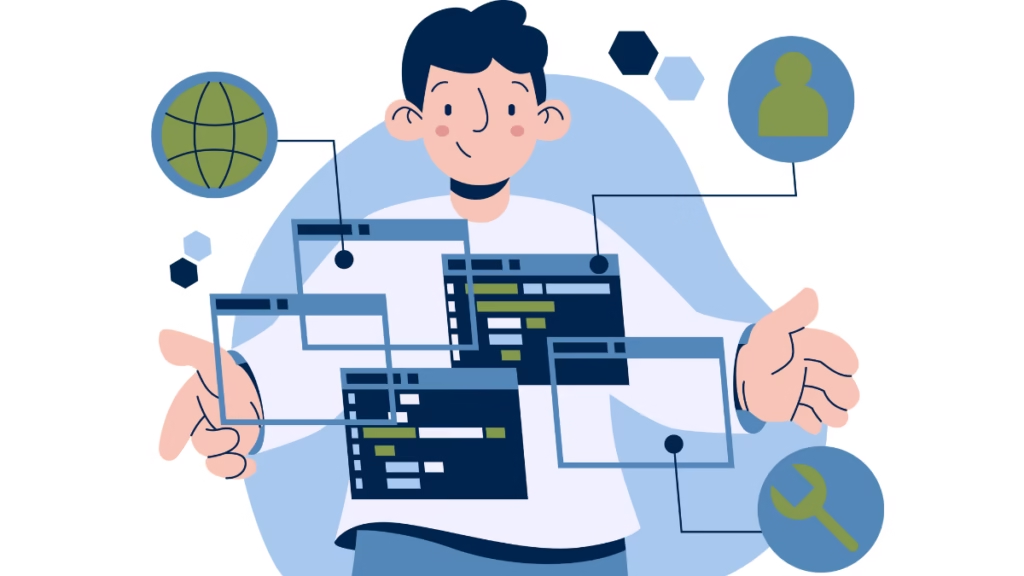

Tools and Systems That Reinforce Your Routine
Alarm Apps and Wind-Down Timers
Tools like Sleep Cycle, WindDown, or even iOS’s Bedtime Mode help automate shutdown cues.
Set alerts not just for wake-up—but for wind-down.
Blue Light Filters and Smart Lighting
Use tools like f.lux, IrisTech, or Philips Hue to dim screens and room lighting. Your biology responds to brightness. Program your environment to match your rhythm.
Journals, Templates, and Evening Planners
Use analog tools or apps like Notion to:
- Reflect
- Set tomorrow’s top tasks
- Log habits or gratitude
Reinforce your identity each night—with systems that protect it.
Final Thoughts on How to Build a Productive Evening Routine
How to Build a Productive Evening Routine (The Key Behaviors)
- Protect your night from unnecessary input
- Use routines to trigger mental shutdown
- End with reflection and intentional planning
Evening routines aren’t rigid—they’re regenerative. Treat yours as a performance ritual, not a sleep checklist.
Start Small, Refine Weekly, Protect the Rhythm
- Begin with one behavior
- Track how it impacts your sleep and mornings
- Adjust weekly
If your evening sets the tone, your morning locks it in—here’s how to build a high performance daily routine that complements your nights. Don’t aim for perfection. Aim for rhythm.
Because high performance begins the night before. And a overall productivity isn’t about discipline it’s about design.
Frequently Asked Questions
What is the best way to build a productive evening routine?
Start by identifying 2–3 core habits that support rest, mental clarity, and preparation for tomorrow—such as journaling, setting priorities, and limiting screen time. From there, build a simple, consistent rhythm that lasts 60–90 minutes max. A productive evening routine isn’t about perfection—it’s about recovery and alignment.
How long should a night routine be for optimal performance?
The most effective evening routines fall between 60 and 90 minutes. Anything longer risks over-optimization and decision fatigue. Focus on high-impact actions that help you decompress, close your mental tabs, and set up your next day—not rigid checklists.
What habits improve sleep and productivity at night?
Key habits include:
Dimming lights 1–2 hours before bed (supports melatonin production)
Avoiding dopamine triggers like social media or fast-paced content
Journaling or reviewing your tasks for mental closure
Practicing stillness (e.g., meditation, breathwork) to signal rest
These habits form the foundation of a night routine that supports better sleep and higher performance.
Should I plan my day the night before or in the morning?
Planning the day the night before can reduce stress and improve focus the next morning. However, keep it short—review your calendar, prep any key tools, and identify your top 1–3 priorities. Don’t overthink it. A 5-minute planning session is often more powerful than a 30-minute one.
What’s the difference between a night routine and sleep hygiene?
Sleep hygiene refers to biological and environmental practices that support high-quality sleep (like room temperature, lighting, or screen use). A night routine, on the other hand, includes mental and behavioral steps—like journaling, prep, and digital detox—that transition you out of work mode and into recovery. The two work best together.

